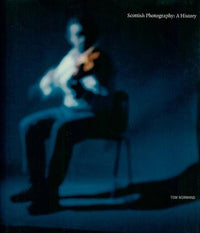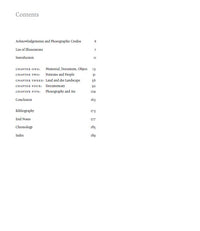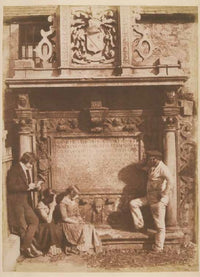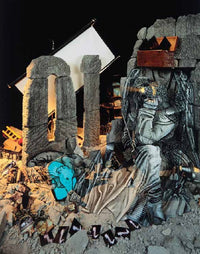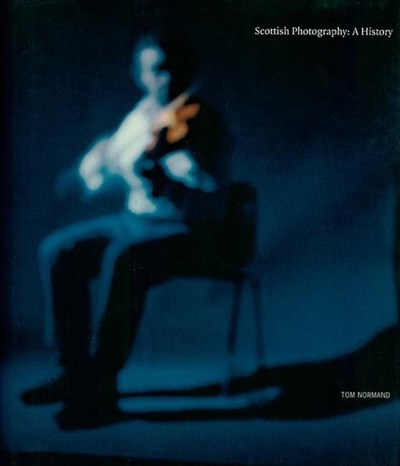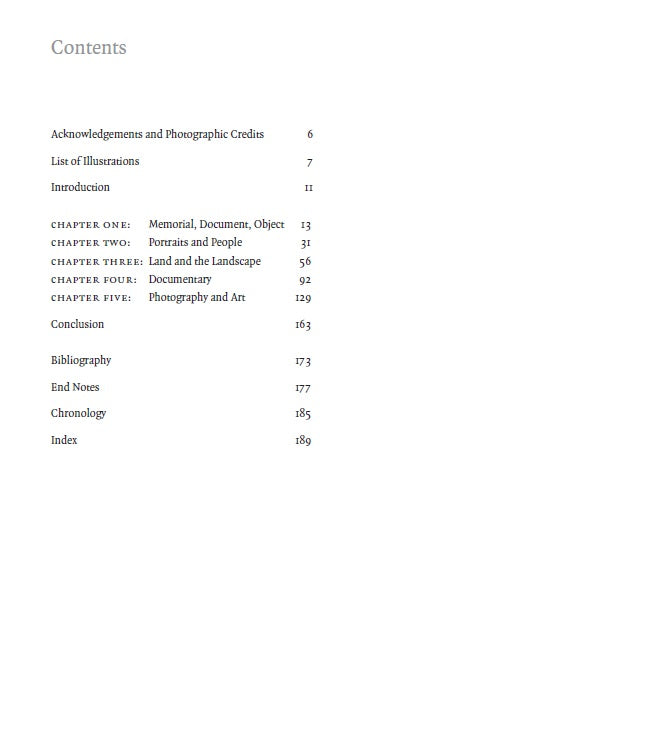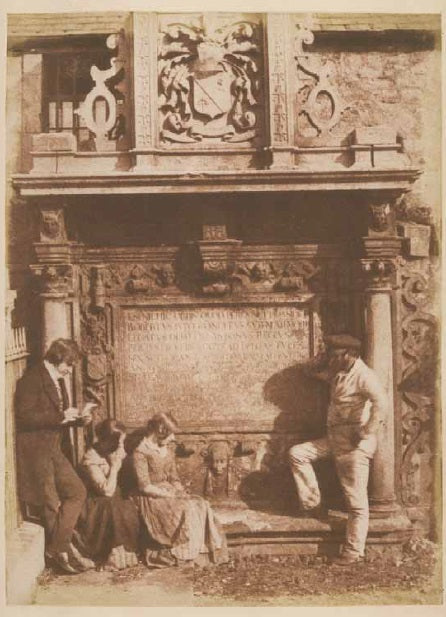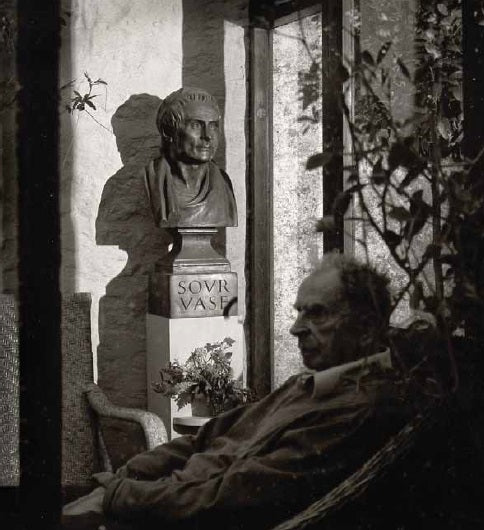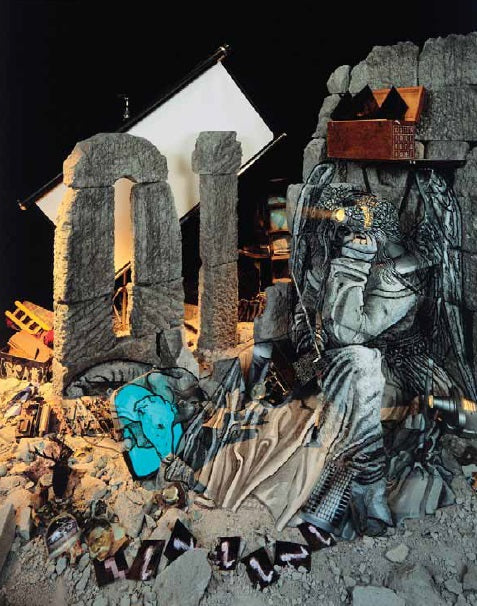Scottish Photography
A History
- Regular
- £29.99
- Sale
- £29.99
- Regular
- £29.99
- Unit Price
- per
About the Book:
What served in the place of the photograph before the camera's invention? The expected answer is engraving, the drawing, the painting. The more revealing answer might be memory. What photographs do out there in space was previously done within reflection. JOHN BERGER
Scotland has made a rich contribution to the art of photography throughout the world. From the invention of the new medium, circa 1840, until the present day, Scotland has been an important site of innovation and experiment in photographic technique and artistry. Beginning with the pioneering images of Hill and Adamson, and progressing through the vivid landscape and documentary traditions, Scottish photographers have created a resonant and dramatic photographic culture. Today, the radical experimentation of contemporary Scottish photographers continues to push photography to new heights, and towards assuring its own status as an art form.
Normand examines the photograph as an object, a form of documentary, and as a memorial; and the ways in which the Scottish connection has altered or defined these forms. The history of photography from Scotland has never before been given its proper place in world photography; nor has it been told so well.
A photograph is distilled, charmed, disturbing, intense, and ethereal correspondence with the world: a talisman empowered by the ineluctable mystery of the visual. TOM NORMAND
About the Author:
 TOM NORMAND was born in Aberdour in Fife. He was educated in Dunfermline, and subsequently took a degree in Sociology and Politics at Glasgow College. His doctoral thesis, in the Sociology of Culture, was taken at Durham University. He has taught at Duncan of Jordanstone College of Art in Dundee, and lectures in the History of Art at the University of St Andrews. He has published widely in the history of British art. He has lectured, both nationally and internationally, on Scottish art, culture and society.
TOM NORMAND was born in Aberdour in Fife. He was educated in Dunfermline, and subsequently took a degree in Sociology and Politics at Glasgow College. His doctoral thesis, in the Sociology of Culture, was taken at Durham University. He has taught at Duncan of Jordanstone College of Art in Dundee, and lectures in the History of Art at the University of St Andrews. He has published widely in the history of British art. He has lectured, both nationally and internationally, on Scottish art, culture and society.

